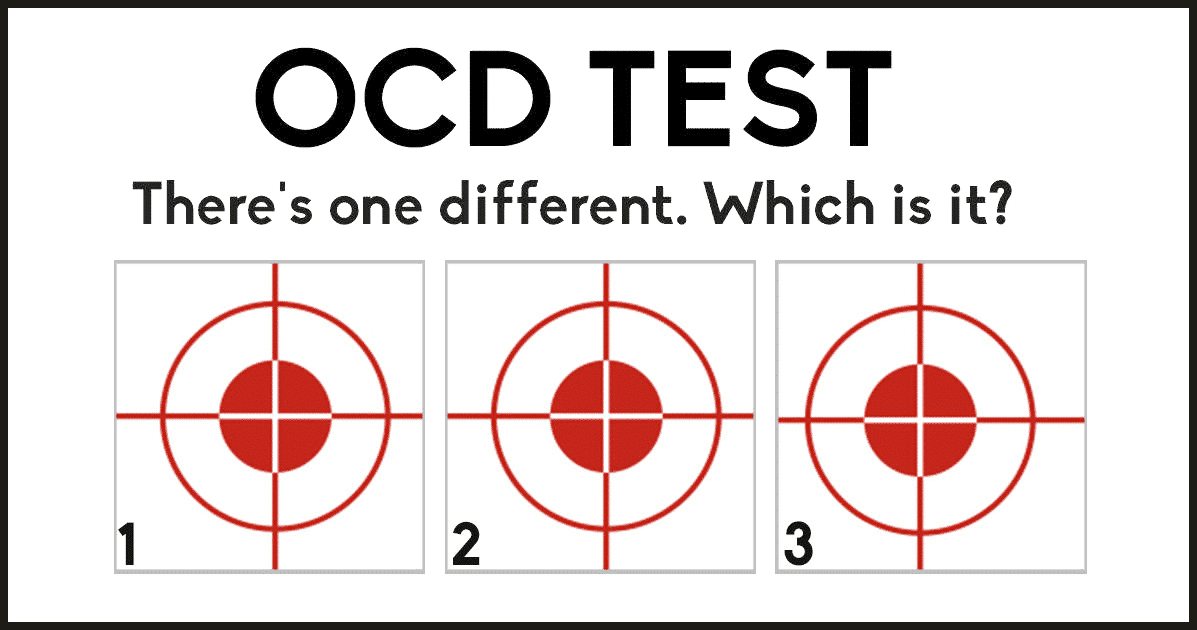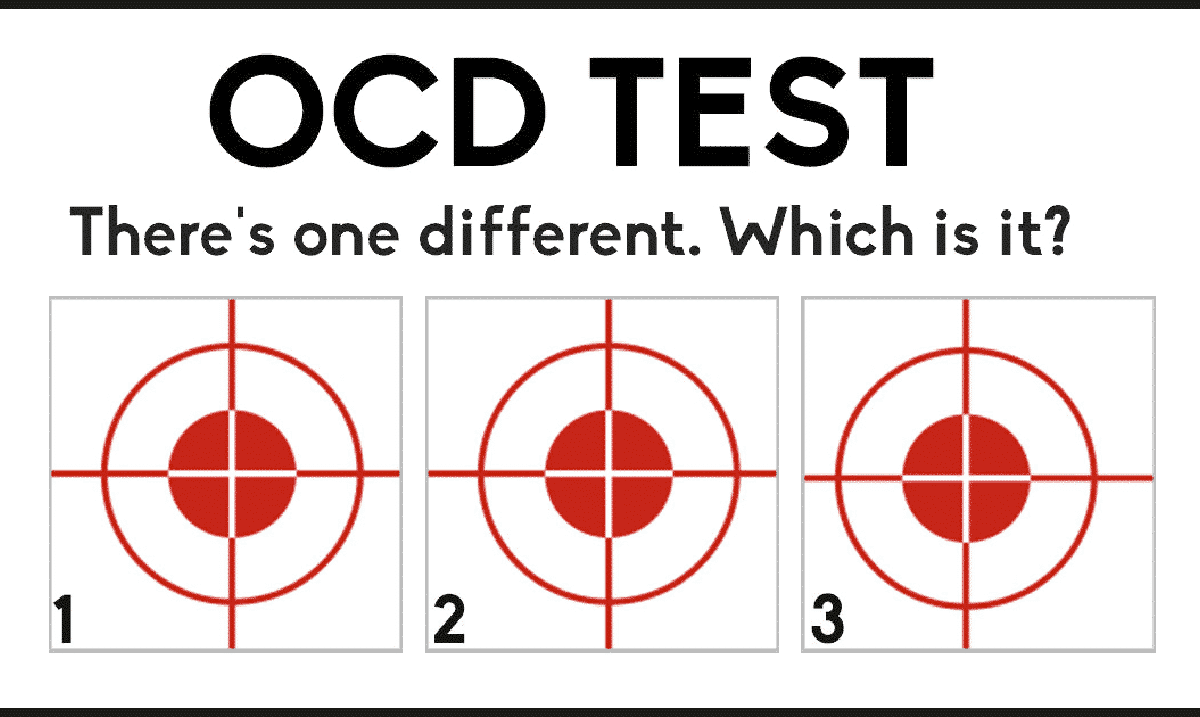While you see things online all the time that claim to tell you whether or not you’re ‘OCD’ but the truth is there is more to OCD than just spotting differences. OCD isn’t just something to make light of, and it affects a lot of people.
As you can see in the image below, there is a difference in one of the three targets, but it’s very slight so not everyone will be able to pick up on it and if you can you may be someone with OCD but being able to spot it doesn’t mean you definitely have OCD. In this article, we’re going to break down what OCD is and hopefully, it will help you better understand just how complex OCD can be and truly is.

What Is OCD?
For those who do not know OCD stands for obsessive-compulsive disorder. It is a mental health issue/disorder that can be quite crippling for some depending on the severity. Basically, those with this disorder face unwanted thoughts, feelings, and things of that nature on a large scale. If not treated, this kind of thing can really cause serious strains on a person’s life.
Psychology Today wrote as follows on OCD:
The DSM-5 diagnostic criteria for obsessive-compulsive disorder include the presence of obsessions, compulsions, or both, where:
Obsessions are recurring thoughts, urges, or images that are experienced as intrusive and unwanted and, for most people, cause anxiety or distress. The individual tries to ignore them, suppress them, or neutralize them with a different thought or action.
Compulsions are repetitive behaviors or mental acts that one feels compelled to do in response to an obsession or based on strict rules. They are meant to counter anxiety or distress or to prevent a feared event or situation, but they are not realistically connected to these outcomes, or they are excessive.
These obsessions or compulsions take up more than one hour a day or cause clinically significant distress or impairment for the individual. For a diagnosis of OCD, they must not be better explained by the effects of a substance or by another mental disorder or medical condition.
The specific details of obsessions can vary widely: They may include thoughts about contamination, a desire for order, or taboo thoughts related to sex, religion, and harm to oneself or others.
In response to their obsessions, most people with OCD resort to compulsions, which may include behaviors such as washing; rearranging or counting objects; seeking reassurance; or checking (to see if an oven is turned off or a door is locked, for example). They can also include mental acts that are not outwardly observable. Compulsions may temporarily relieve feelings that stem from an obsession, including anxiety, distress, or the sense that something is not right.
People with OCD may also avoid people, places, or things that may trigger obsessions and compulsions. They also often have dysfunctional beliefs that can include a heightened sense of responsibility, intolerance of uncertainty, perfectionism, or an exaggerated view of the significance of troubling thoughts.
As you can see, this in itself is not something to joke about. You shouldn’t be calling neat-freaks ‘OCD’ or anything of the sort. There is a lot more to the disorder than most tend to realize. It’s not something to make light of and really causes serious issues for some people. Could you imagine having some kind of serious disorder and hearing other people label those who aren’t doing anything near what you’re facing as such?
To learn more about OCD please take the time to look at the video below. Obsessive compulsion disorder is intense and those who face it or know someone with it are well aware of this. In this day and age, we’re becoming more and more educated on things like this which is great but that doesn’t mean we should stop taking time out of our days to dive into topics like this.

